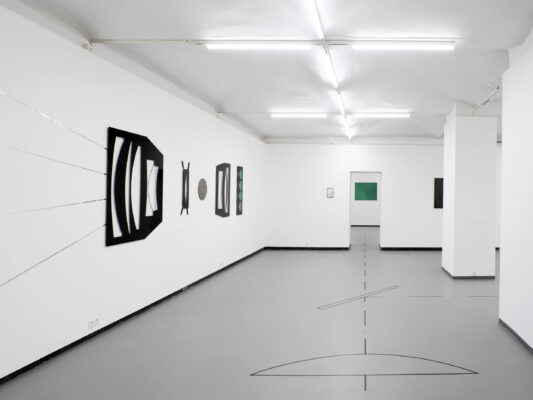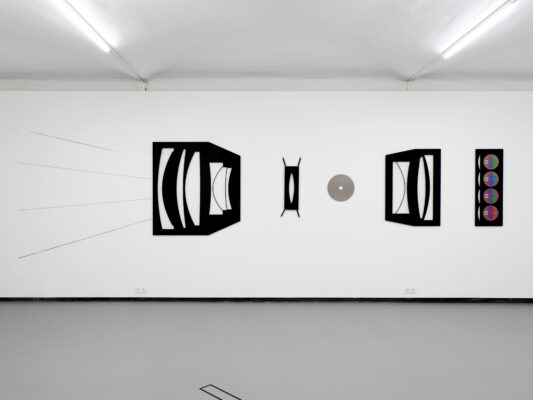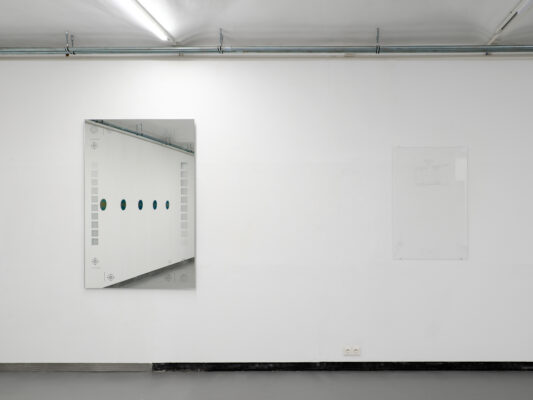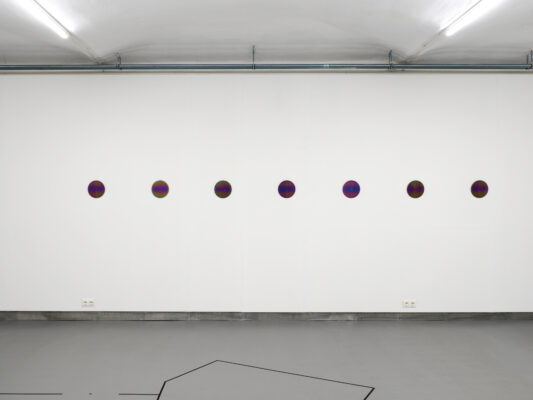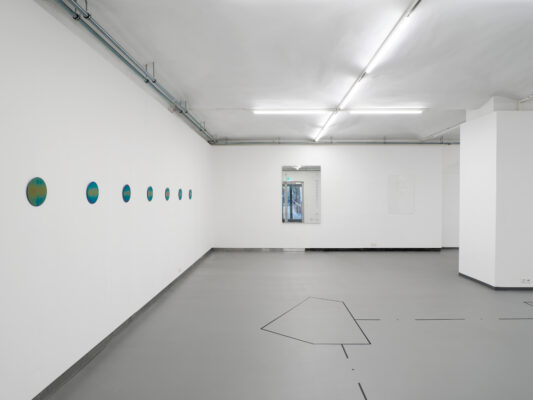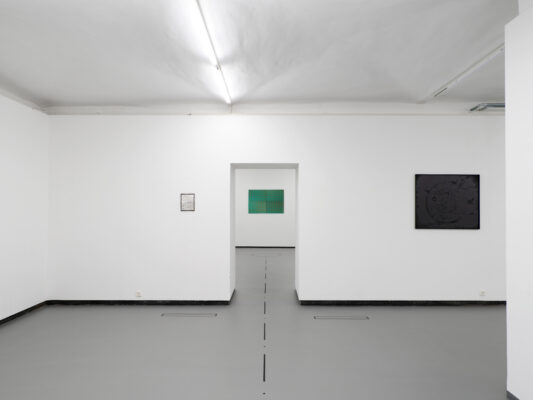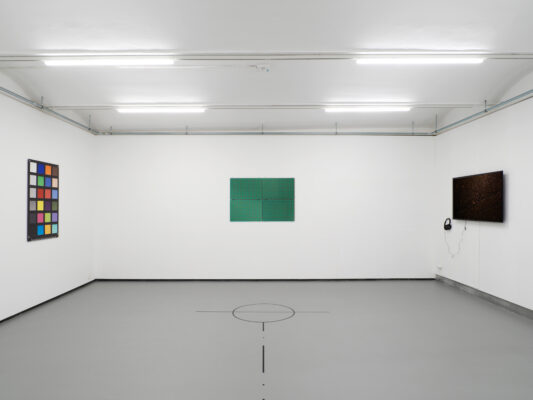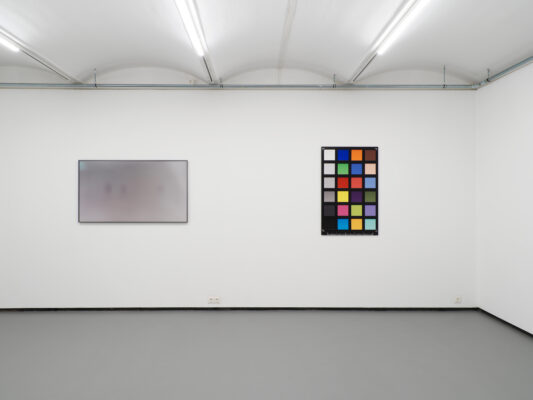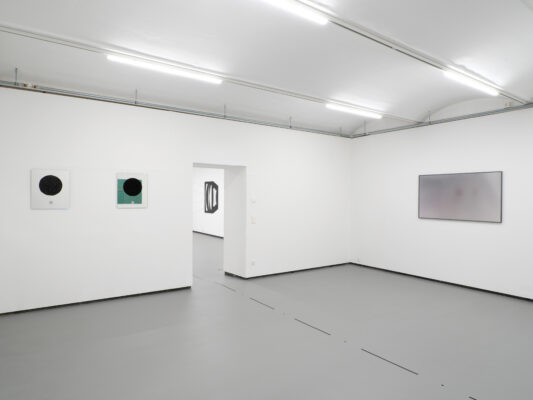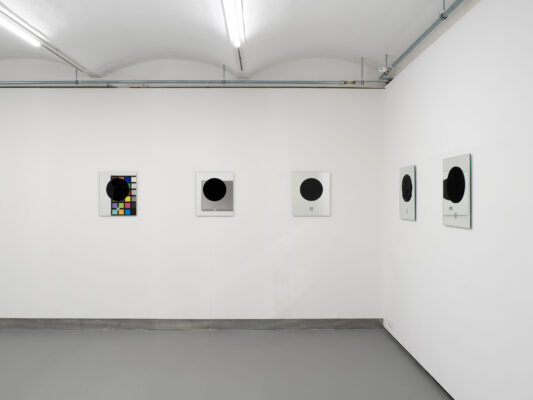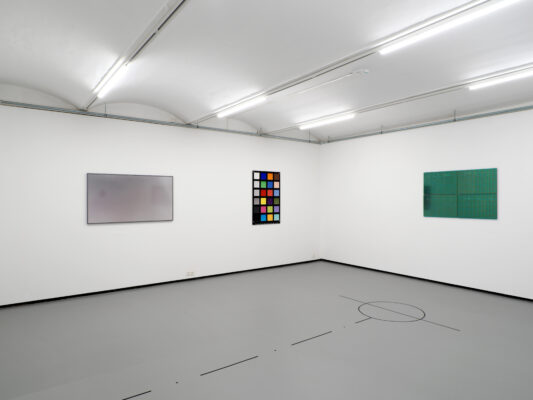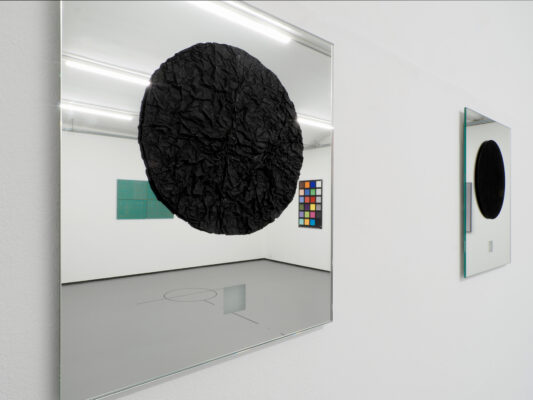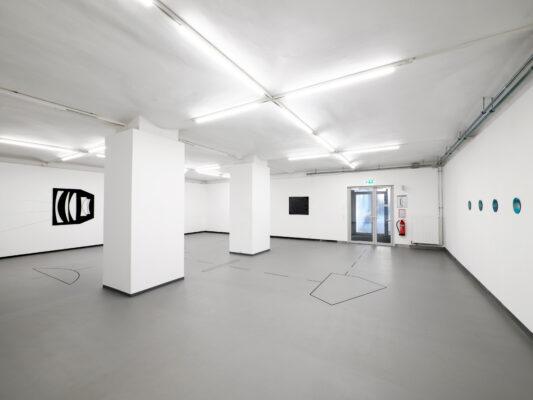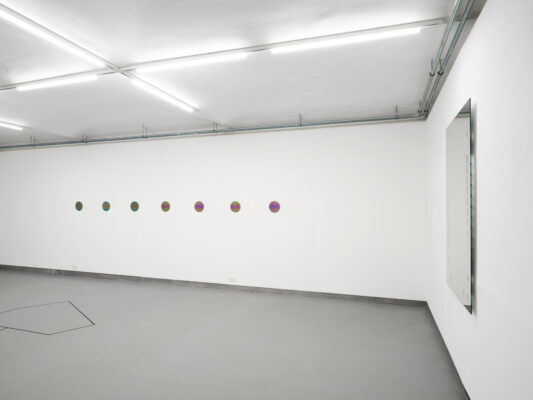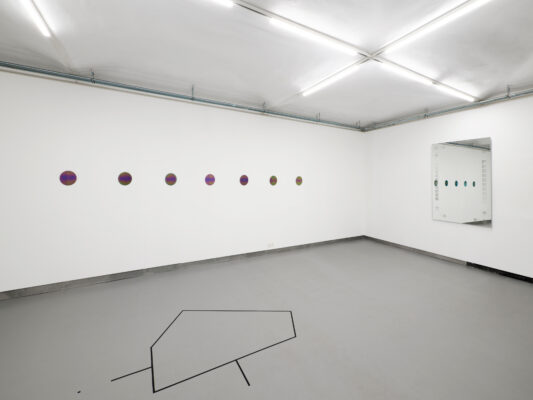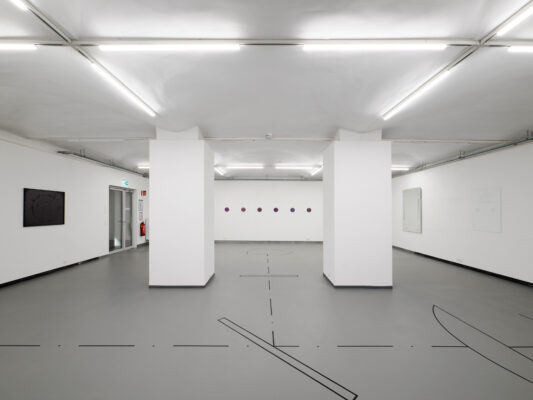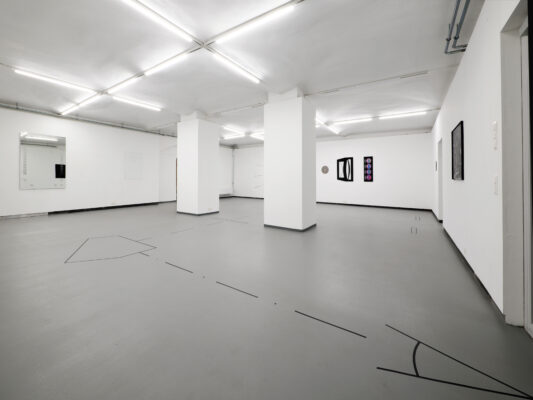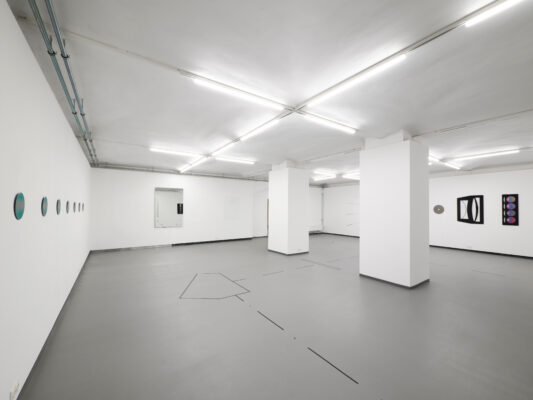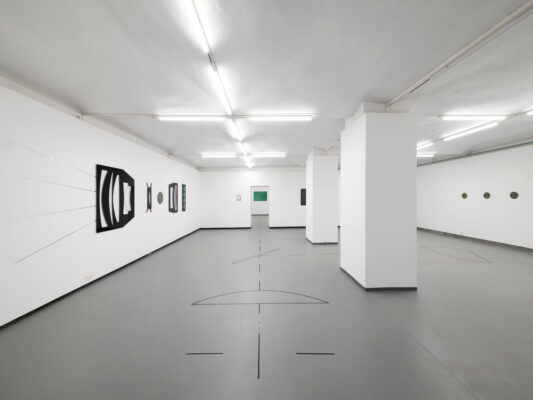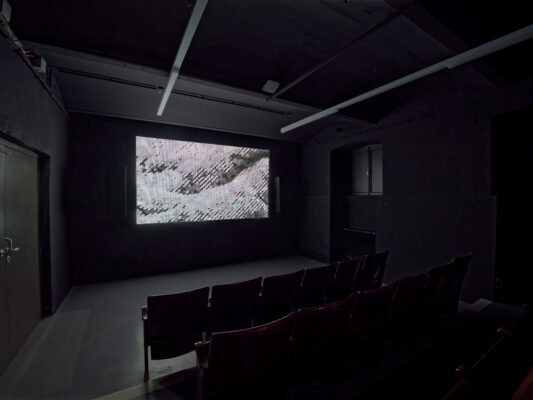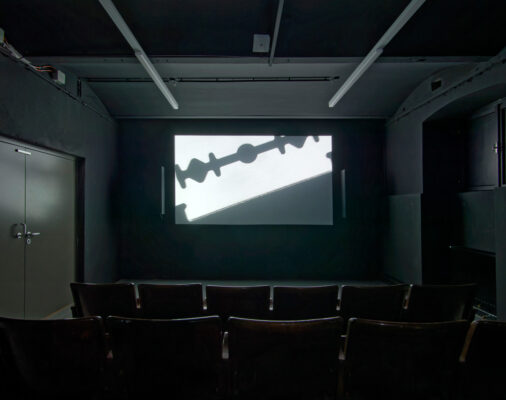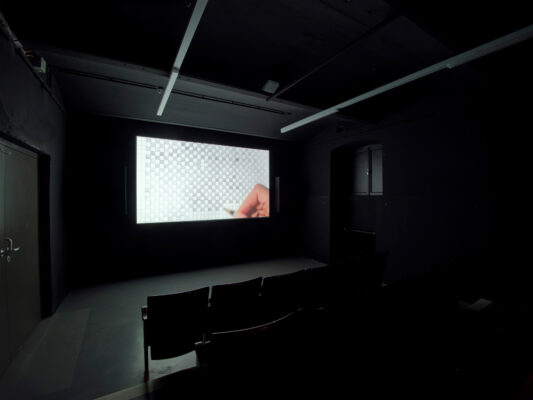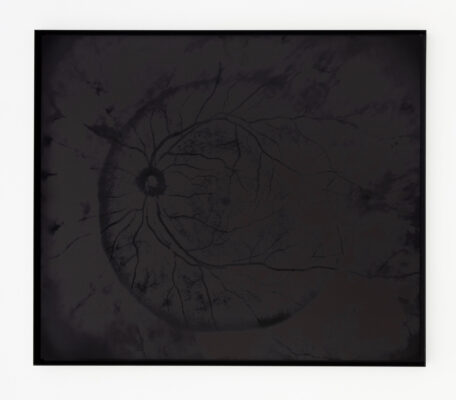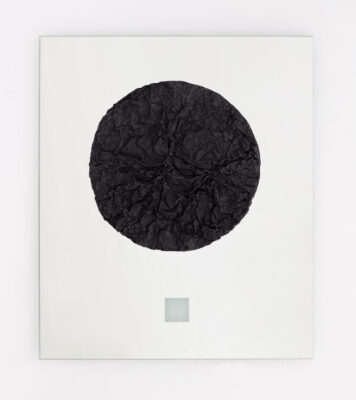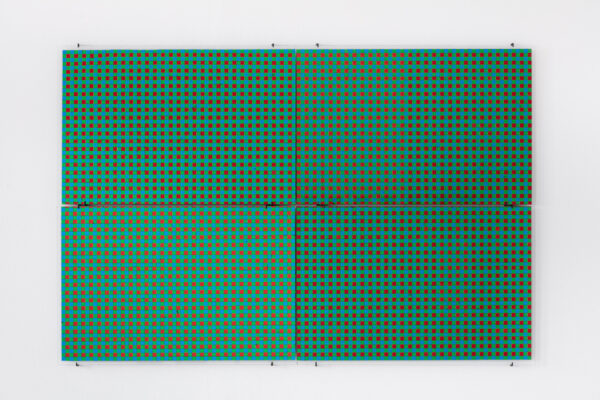Opening: Monday, 29 January 2024, 7 p.m.
Opening speech: Johan Nane Simonsen
Filmscreening: Saturday, 2 March, 6 p.m.
Opening hours: Tue and Fri 14.00-19.00,
Wed and Thu 12.00-19.00, Sat 10.00-14.00.
The gallery is closed on public holidays.
Since 2010 the FOTOGALERIE WIEN has put on an annual solo exhibition showcasing the work of a young, upcoming artist. This series of exhibitions, SOLO, functions as a platform and springboard for artists who are at the beginning of their career but who already have an extensive body of work that we want to present to a wider public. The aim is to achieve a sustainable level of public presence for the chosen artist and includes helping to organize cooperations and touring shows. We are pleased to present the artist Johannes Raimann for SOLO XV. He studied in Vienna and Düsseldorf and now works in both cities.
We daily operate with and within apparatus: locomotor apparatus, state apparatus but also photographic apparatus. Johannes Raimann’s exhibition turns a space into an apparatus. The artist is concerned with optical phenomena, technical processes and their interaction with society. He has an expanded definition of photography and tests out the boundaries of the medium. More than a dozen of his works will now be on view in Vienna for the first time.
Technical image-making procedures and processes are addressed and physically embodied in the über_apparatus exhibition. So his work digital_camera, for example, is a longitudinal section through a digital system camera. The individual elements are made from the same material as they are in the actual camera. The lens elements are of glass, the shutter of titan sheet and the photo sensor is depicted by silicon wafers. Thus the assemblage of materials implicit in a camera becomes an aesthetic experience.
This analytical approach is found in the video work Scharfzeichner too. In it, the structure which is common to all digital images is addressed. Tracking shots show the pixel grid of monitors and open up the view until the whole monitor becomes visible. The precise sharpness of digital images is the form and content of the video. A voice says: “It is easy to draw borders in your imagination”. In addition, the sounds of an empty factory supplement can be heard.
What connects all of the works is the issue as to the relationship of humans to technology. Who and what belongs to an apparatus and why is the border between them so blurred? This is the very question thrown up in über_apparatus, so that of the complex interactions of operator and apparatus, producer and recipient, technology and physical aspects become visible.
Petra Noll-Hammerstiel and Johannes Raimann
